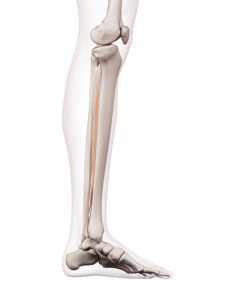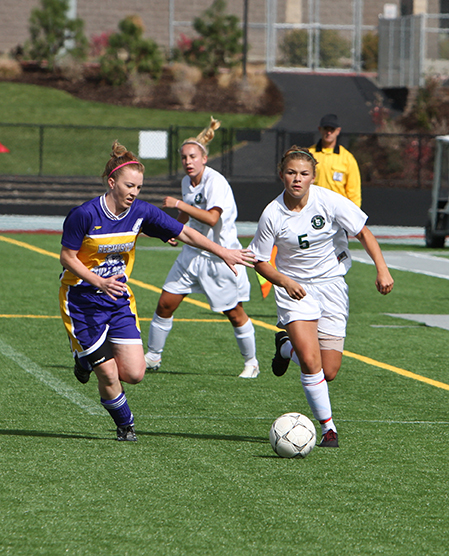The posterior tibial tendon attaches the calf muscle to the bones on the inside of the foot. It holds up the arch and helps support the foot when walking. When the tendon becomes inflamed or torn, it may not be able to provide stability for the arch of the foot and result in flatfoot.
 Causes and Risk Factors
Causes and Risk Factors
• Overuse from high-impact sports such as soccer or running
• Acute injury from a fall or motor vehicle accident
• More common in women
• More common in middle-age adults and older
Symptoms
• Pain and/or swelling in the inside of the foot and ankle
• Pain worsens with activity
• Sometimes pain is felt on the outside of the ankle if the foot has collapsed due to the heel bone shifting to a new position
Diagnosis and treatment
When diagnosed early most patients with posterior tibial tendonitis can be treated conservatively with rest, ice, anti-inflammatory medications (NSAIDS), orthotics, and/or physical therapy. Your orthopedic surgeon will examine your foot and ankle and look for swelling, a change of shape in the foot, flexibility, and range of motion. Sometimes x-ray is used to confirm the diagnosis. If conservative treatment does not work, surgery may be necessary. The type of surgery depends on where the tendonitis is located and how much tendon is damaged.
